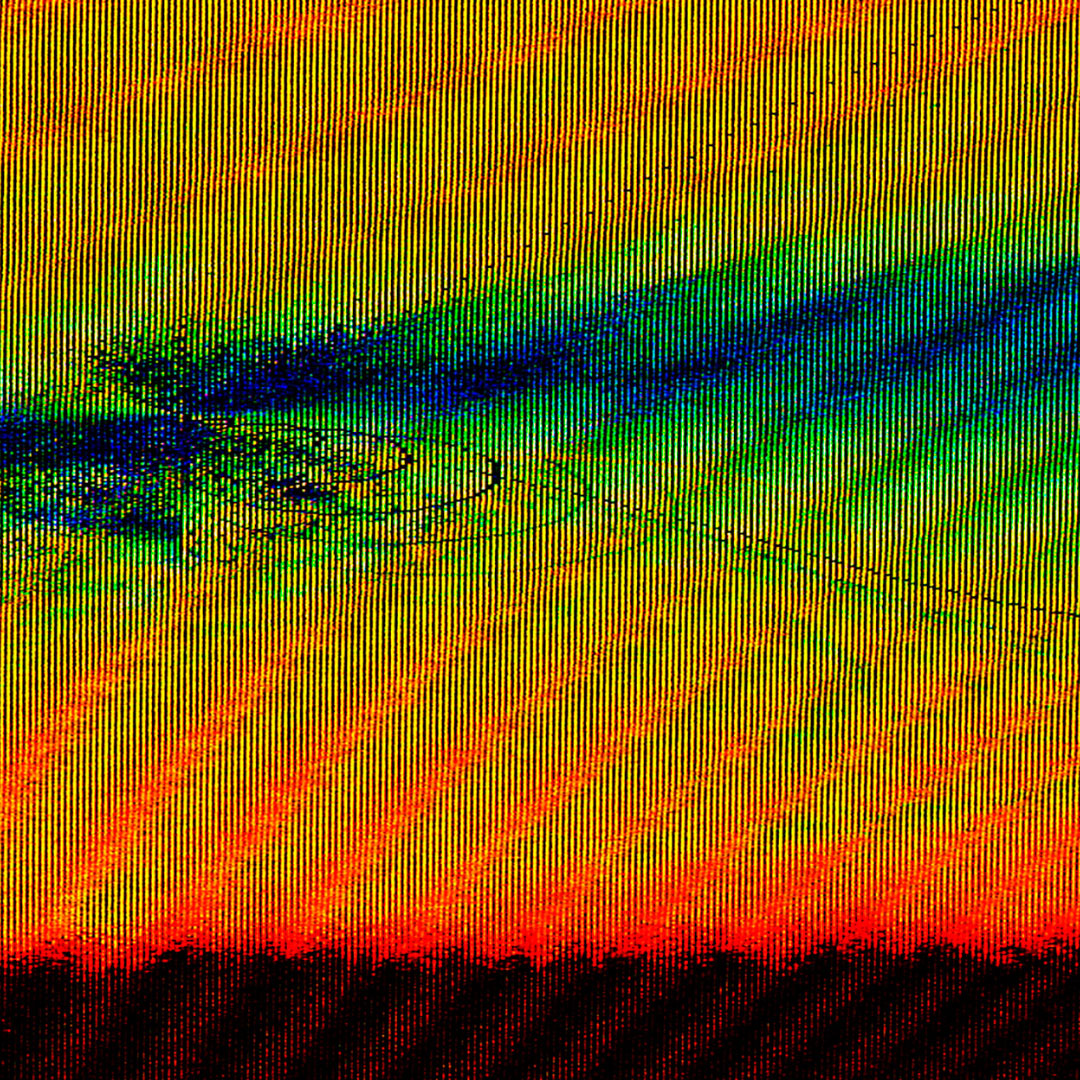Conclusion:
Photobiomodulation offers a promising, side-effect-free approach to tackling sleep disturbances and managing circadian rhythm disruptions like jet lag. By calming the nervous system, supporting melatonin, and enhancing mitochondrial balance in the brain, PBM can help you fall asleep faster, stay asleep longer, and wake up feeling refreshed - whether you’re home or halfway around the world.
As research continues to grow, PBM may soon become a staple in modern sleep hygiene - and one of the smartest ways to reset your inner clock with light.
Sleep and the Circadian Rhythm: The Role of Light
Your sleep-wake cycle is governed by the circadian rhythm, a roughly 24-hour internal clock regulated by light exposure. The suprachiasmatic nucleus (SCN) in the brain’s hypothalamus receives signals from your eyes and adjusts hormone levels accordingly - primarily melatonin, the sleep hormone. Red and near-infrared (NIR) light, however, have the opposite effect: they do not suppress melatonin and may even help regulate and support natural circadian patterns.
How PBM Helps with Sleep
1. Supports Melatonin Production
Red and NIR light (600–900 nm) do not disrupt melatonin synthesis. Some studies even suggest PBM may indirectly enhance endogenous melatonin release, especially when applied in the evening.
2. Reduces Stress and Cortisol
PBM has been shown to reduce systemic inflammation and regulate stress hormone levels, helping the body enter a rest-and-digest state more easily before bed.
3. Improves Mitochondrial Function in the Brain
PBM applied to the prefrontal cortex or over the temporal lobe can calm overactive neurons, supporting mental relaxation and reducing racing thoughts - common in insomnia.
4. Enhances Deep and REM Sleep
Preliminary research and anecdotal reports suggest PBM users experience deeper, more restorative sleep cycles, including increased REM and slow-wave sleep.
Jet Lag and Shift Work: Resetting the Clock with PBM
Jet lag is essentially a temporary circadian misalignment. Traveling across time zones - or working night shifts - disrupts your internal rhythm and throws off melatonin, temperature regulation, and alertness.
PBM can help reset this internal clock by:
-
Applying red/NIR light in the early evening of the new time zone to help signal “wind down” to the brain
-
Supporting brain and mitochondrial function to ease fatigue and improve daytime alertness
-
Promoting recovery of homeostatic balance after long flights or schedule changes





